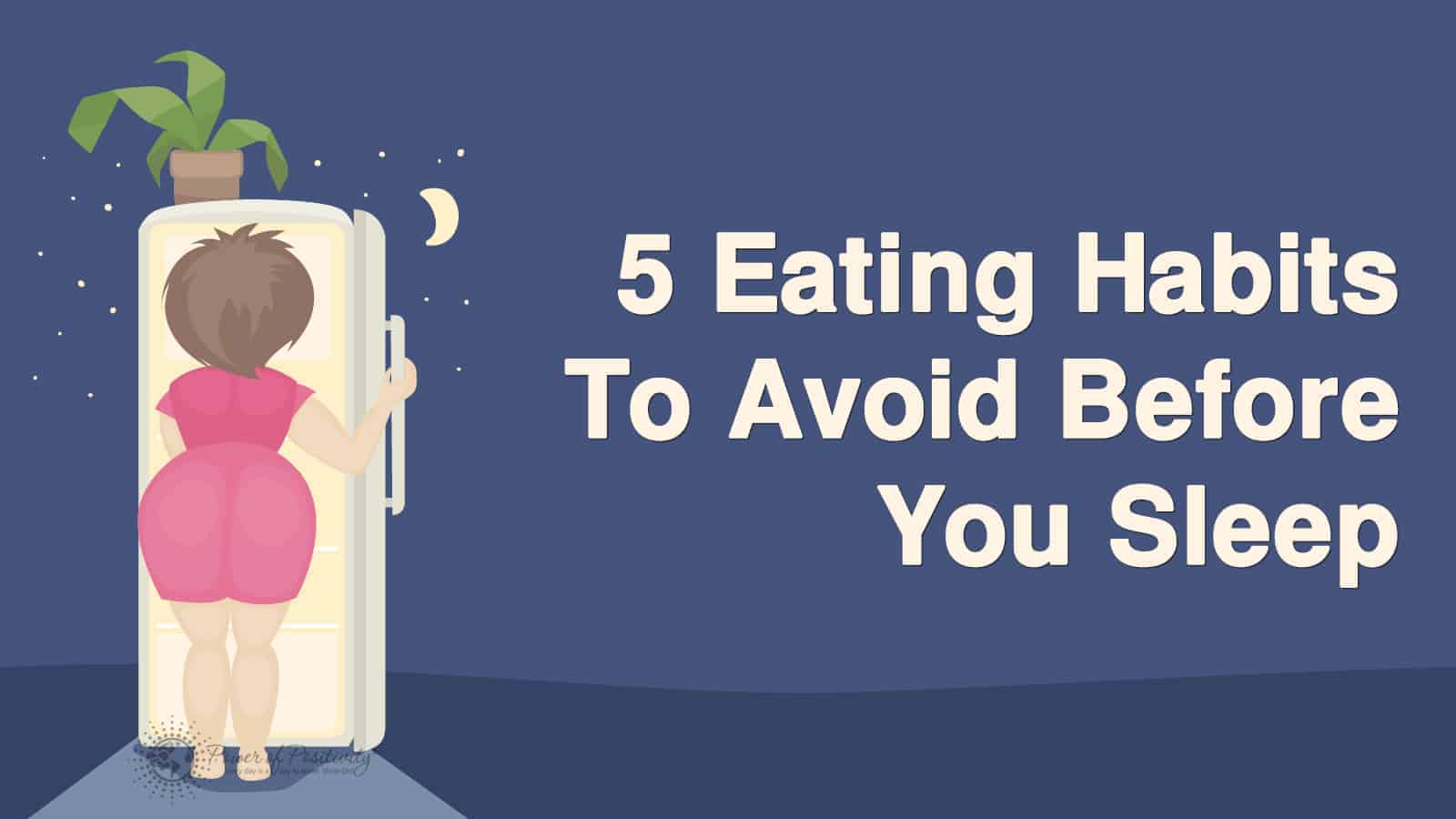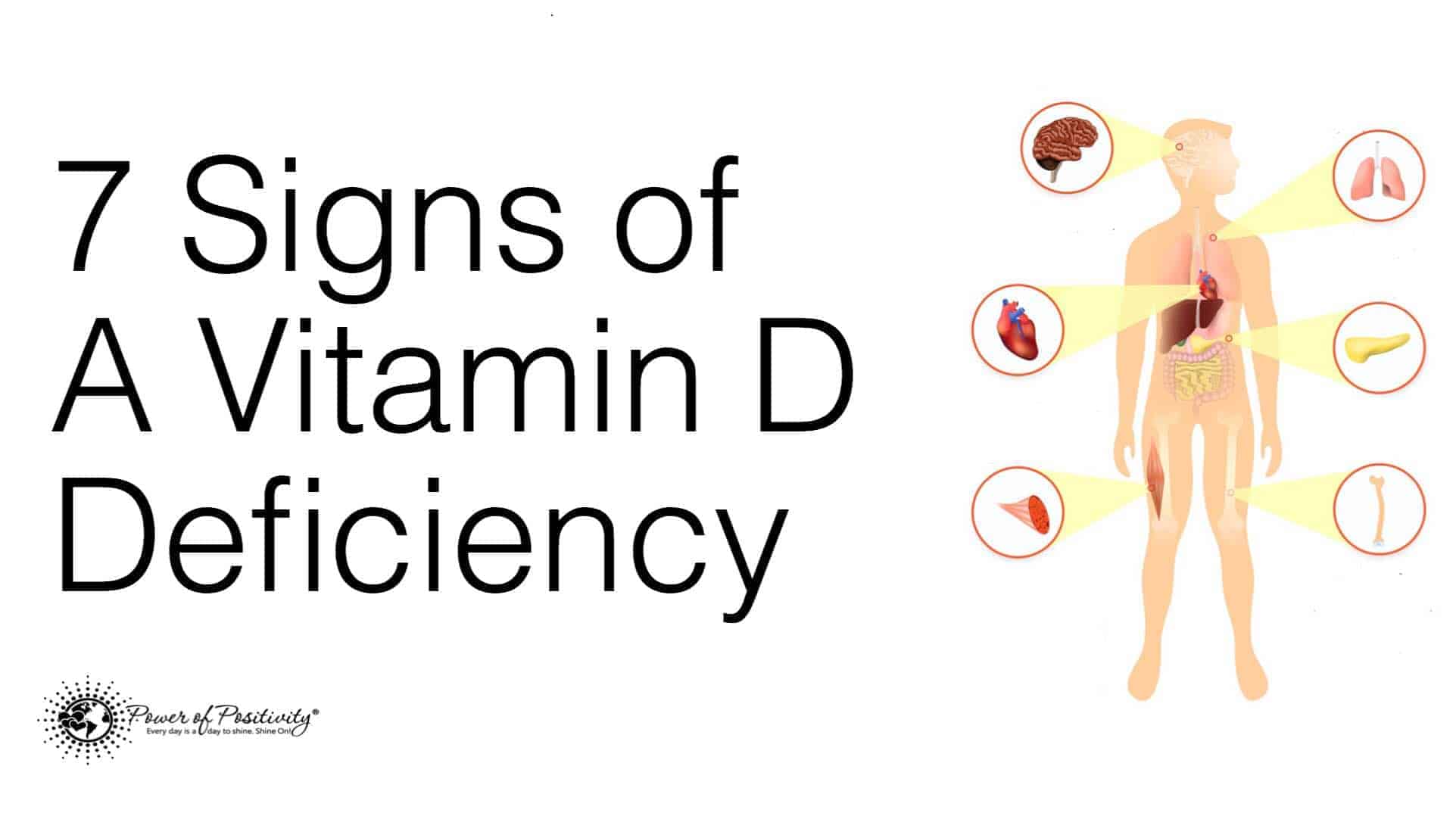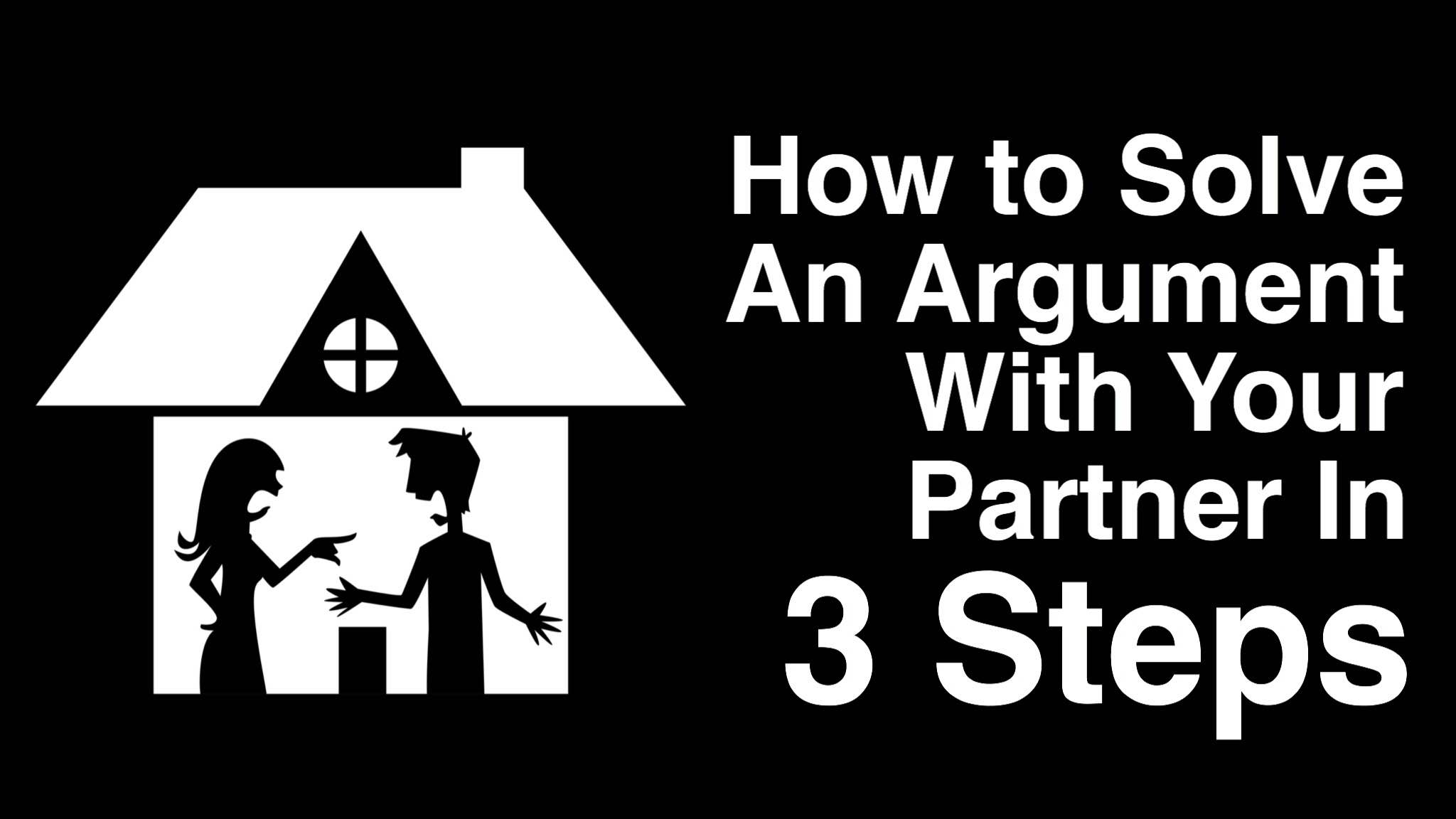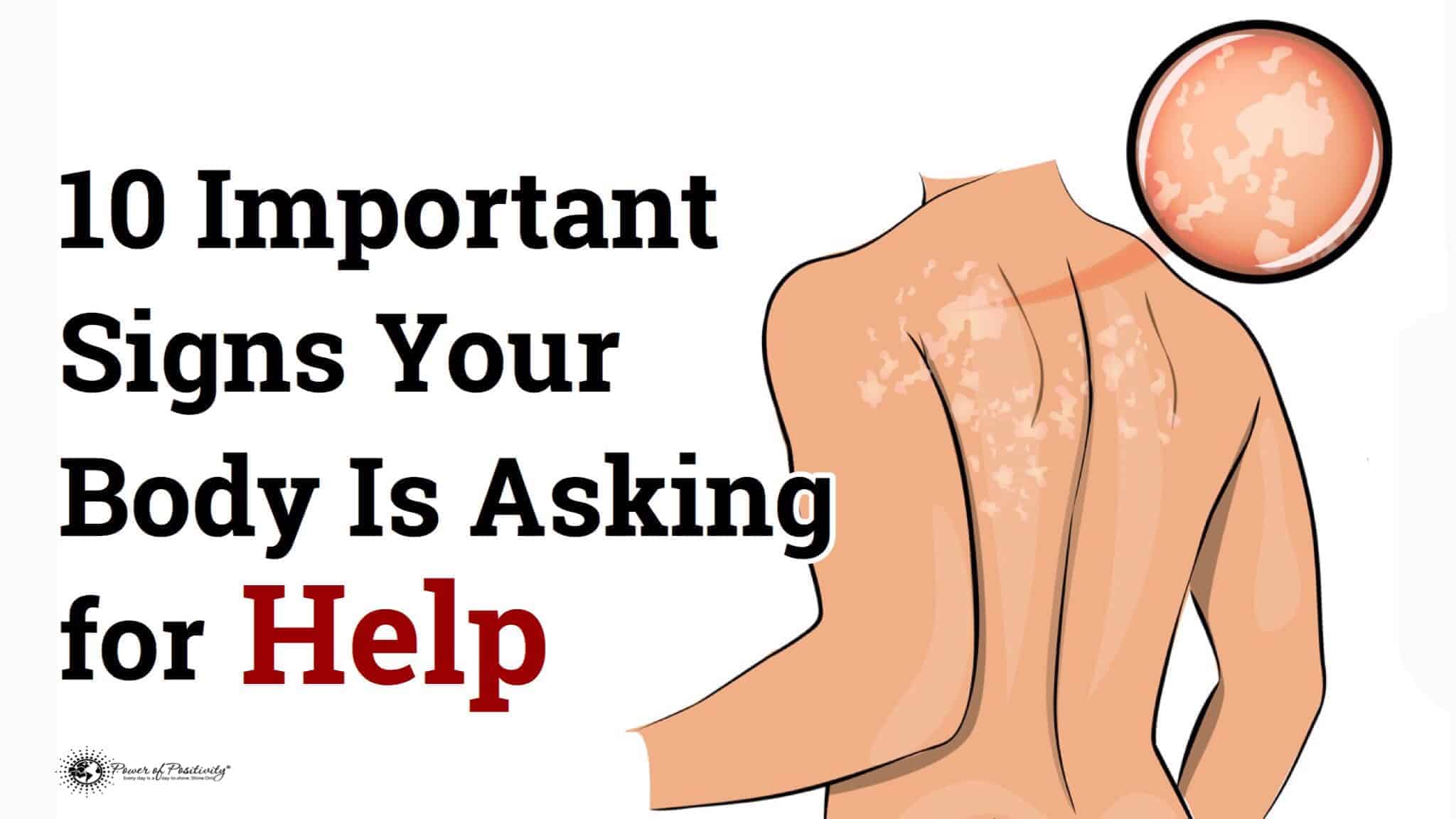How Do Habits Form?
We all possess habits – both good and bad. We rarely give those habits much thought because they are . . . well . . . habitual. Have you ever wondered, however, where those habits come from? If you bite your nails, for example, where does that nervous – and mostly unconscious – tic arise?
Regarding the science of habits, you might not be surprised to find out that they form in the emotional center of the brain: the basal ganglia. Meanwhile, the logical, executive part of the brain – the prefrontal cortex (PFC) – admonishes us for engaging in the unwanted behavior. For example: the emotional brain causes you to whip out your credit card, whereas your logical brain goes “DOH!” after buying those way-too-expensive shoes. The same parts of your brain go into action when you eat that second piece of chocolate cake and regret it a few minutes later.
We can consider good habits as those that are beneficial to our physical and mental health. People who possess more positive habits generally manifest high levels of discipline and self-control. In other words, their prefrontal cortex is “firing on all cylinders.” On the flip side, failing to exercise the logical part of the brain can lead us down the path toward bad habits. Because of these connected ideas, we don’t have to reach far to see that our habits ultimately decide our happiness – or the lack thereof.
The Role of Habit in Personality
So what links our personality and the habits we form? We can define personality as “the outer appearance and behavior of a person.” Habits generally reveal themselves right there . . . in those outward behaviors. For this reason, we can be sure our collection of habits forms a large chunk of our personality. Even your smaller, insignificant habits may provide insight into your disposition. With that said, consider what the following habits may reveal about you.
Here are five habits and what they say about your personality:
Our character is basically a composite of our habits.” – Stephen Covey
1. Walking Style
Patti Wood, a body language expert, says that how you stroll can send a strong message about you. If you balance your weight forward – as if charging ahead – and you fix your gaze forward, you’re probably ambitious and focused. At the same time, people might consider this demeanor unapproachable and cold. If you are lighter on your toes with your eyes downcast, you may tend to be more introverted, shy, and aloof.
Folks who walk with a spring in their step while scanning with their eyes are socially-conscious and gregarious, though they may hog the spotlight. Finally, people who walk with a smooth gait, with their weight in the legs, tend to be people-centered, sensitive, and team-oriented.
2. Email Style
According to some psychologists, your emailing style can reveal a few things about your persona. For example, an absence of typos and grammatical errors reveals a tendency to be conscientious, perfectionist, and possibly obsessive. Longer emails reflect a thorough, energetic nature. They may also indicate a needy personality. Introverts tend to get down to business, while extroverts are more casual and playful with their words and topics of choice.
3. Punctuality
Are you the reason someone has to halt their business meeting because you’ve barged into the door out of breath, late again? If you make a habit of tardiness, others might see you as undependable or too laid back. Meanwhile, people who are always early may be a bit neurotic. Finally, people who arrive “on the dot” generally manifest traits such as agreeableness, conscientiousness, and dependability.
4. How You Eat
Juliet Boghossian, a Los Angeles-based behavioral expert and founder of the food behavior research firm, Food-ology, claims that eating habits are linked to personality traits. “Food-related habits can, in fact, reveal facets of an individual’s personality and behavioral tendencies,” says Boghossian. Slow eaters “are usually people who like to be in control and know how to appreciate life.” At the same time, they might manifest confidence and level-headedness. People who wolf down their plate “tend to be ambitious, goal-oriented, (but) impatient.”
“The speed at which you eat reveals the speed at which you take on and enjoy life,” Boghossian adds. What about picky eaters? It’s possible that these individuals never quite grew out of the likes and dislikes they held in childhood. A stubborn reluctance to try new foods – something termed “food neophobia” – is linked to specific characteristics such as anxiety, neuroticism, and sensation-seeking.
5. Your Handwriting Style
Graphology analyzes the physical characteristics and patterns of handwriting. Some psychologists believe this analysis provides a valid measure of personality. Handwriting analysis specialists, called graphologists, claim that a person’s writing can reveal as many as 5,000 traits. Here are just a few:
- Size of letters and words: Large letters means you want to feel understood and noticed. Smaller letters may indicate intense concentration and focus, and reveal a more introverted personality.
- Slant: Tending to put a rightward slant on letters could mean that you’re friendly, sentimental, and a bit impulsive. No slant indicates a logical and methodical personality. A leftward slant suggests that you prefer to work with things over people.
- Pressure: Heavy pressure indicates strong emotions and a propensity to be reactive. Lighter pressure shows a more playful attitude and a need for adventure.
- Connection of letters: If your letters are connected, you are logical, methodical, and a cautious decision maker. Letters that are a bit more spaced out indicate an intelligent and intuitive nature.
https://youtu.be/BrQHK272XcE











